Similar presentations:
Introduction au management (financier) des entreprises
1.
Financial Management“Introduction au management
(financier) des entreprises”
Prof. R. Aernoudt
2. Practical
3 days – 25 hoursInteractive and
case-based
Evaluation:
50% case (last
course)
50% end exam.
Course book:
Financial
Management in
practise,
Intersentia, 2017
3. module :Stratégies et financement des entreprises en Europe
4. Content
Basis concepts Financial Management2. Investment analysis
3. Credits
4. Value of a company
5. Venture capital
6. Business angels (crowdfunding,
lovemoney, BA)
7. Reality cases
8. Wrap-up
1.
5. Definitions
Financial Management:“Increase the value of the company for the
shareholders”
“Shareholders value approach”
Corporate governance
6. Importance of financial management
Twomain reasons for bankrupcy:
Management
Financing
Major
Lack
CEO
obstacle growth:
of financing
versus CFO
7. Comments
1. Managerial revolution• Maximising versus satisfying behaviour
• Agency theory (Jensen & Meckling): solution
• Options/tantièmes
• Shares
• Cooperatives (Marx)
2. Stakeholders value
Customers, supplyer, staff, region, environment, ..
ESG score
Triple bottom approach (people/planet/profit)
Ex. Nike, Anita Roddick, Shell, ..
3. Human resources
• Main value leaves the company in the evening
8. What type of company?
9. “Not all companies are the same”
five typesFinancial needs
Actors
Comments
Mice and SME
(85%)
limited
Banks/ subsidies
PBC
Garantuees
Eliphants (1%)
NO – are liquid
Play themselves
banker
P2P
Zombies (10%)
Survival credits
Banks/
subsidies
Operational
pofits < fin. costs
Gazelles (4%)
Equity fin
VC/BA
"Happy few"
Unicorns (0 %)
Scale-up money
Scale-up funds
Scale-up gap
10. Not all the money is the same
ProsCons
1. Friends, family &
fools
- easy to get
- patient
- limited added value
- no deep pockets
2. Public sources
- free
- patient
- bureaucratic
- slow, hard to locate
3. Banks
- potentially cheap
- relatively fast
- unpredictable
- require security, impatient
4. Business angels
- fast, unbureaucratic
- business
understanding
- no deep pockets
- often unsystematised
5. Private equity
- deep pockets
- value added easy to
ascertain, clear agenda
- potentially unpredictable
agenda, potentially slow
- high expectations
- difficult to get
11. I. Financial management (narrow)
How to finance my company?Own funds
Capital
Reserves
Reported results
Mezzanine (quasi-own funds)
Subordinated
Convertable
Debts
Short term
Long term
12. Balance sheet
AssetsFixed assets
Liabilities
Own funds
DLT
Floating assets
DST
13. Entreprise cycle
14. P&L
P&LCosts
Buys
Revenues
TURNOVER
Added value
BRUTO MARGIN
COSTS
GROSS PROFITS (EBITDA)
DEPRECIATION
PROFIT BEFORE FIN RESULTS (EBIT)
CF = CIF – COF
= Result + Depreciation
FIN RESULTS
GROSS PROFITS (EBT)
TAXES
NET PROFIT
P&L impact on own fund
15. II. Financieel management (broad)
1. Management working capital:How big is it?
How influence level
Hoe inlfuence the need
2. Dividendpoliticy:
Payout ratio
Miller-Modigliani
3. Investeringsanalysis
DCF methode
Payback methode
16. WC = OF + DLT – FIXED WK = FLOATING - DST
AssetsLiabilities
Own funds
Fixed assets
DLT
--------------------------------------------
Working capital
Floating assets
DST
17. Financial plan
Means are bigger than needsObjective: determine financing modalities
Case: CVBA Lakatos (p. 62)
Make exercises 1 & 2!
18. Bankrupcy prediction Models
DEFAULT RATE1.
Alarm levels
2.
Altman
3.
Multiple regression-analysis
19. Summary
NORMAL
Comments
OF/TA (solv) 1/3
15%
Quasi-capital
WC (liq)
WC:
10%
Liquidity trap
6%
Gearing; CF/TA =
CF/Turnover x
Turnover/TA
Acid test
Turnover
CF/TA (rend) 8 à 12%
PBC
20. II. Financieel management (broad)
1. Management working capital:How big is it?
How influence level
Hoe inlfuence the need
2. Dividendpolicy:
Payout ratio
Miller-Modigliani
3. Investeringsanalysis
DCF methode
Payback methode
21. II. Financial managemant
• Dividendpolitiek:Payout ratio• Three theories:
Letzenburger-Ramaswany: paying div. Increases taxes
Gordon: “bird in the hand”
Miller-Modigliani:
Value of the company = f(profit capacity)
= f(investment policy)
Not dividend policy of financing policy
comments:
– Fiscality
– Perfect financial markets
22. II. Financieel management (broad)
1. Management working capital:How big is it?
How influence level
Hoe inlfuence the need
2. Dividendpoliticy:
Payout ratio
Miller-Modigliani
3. Investment analysis
DCF methode
Payback methode












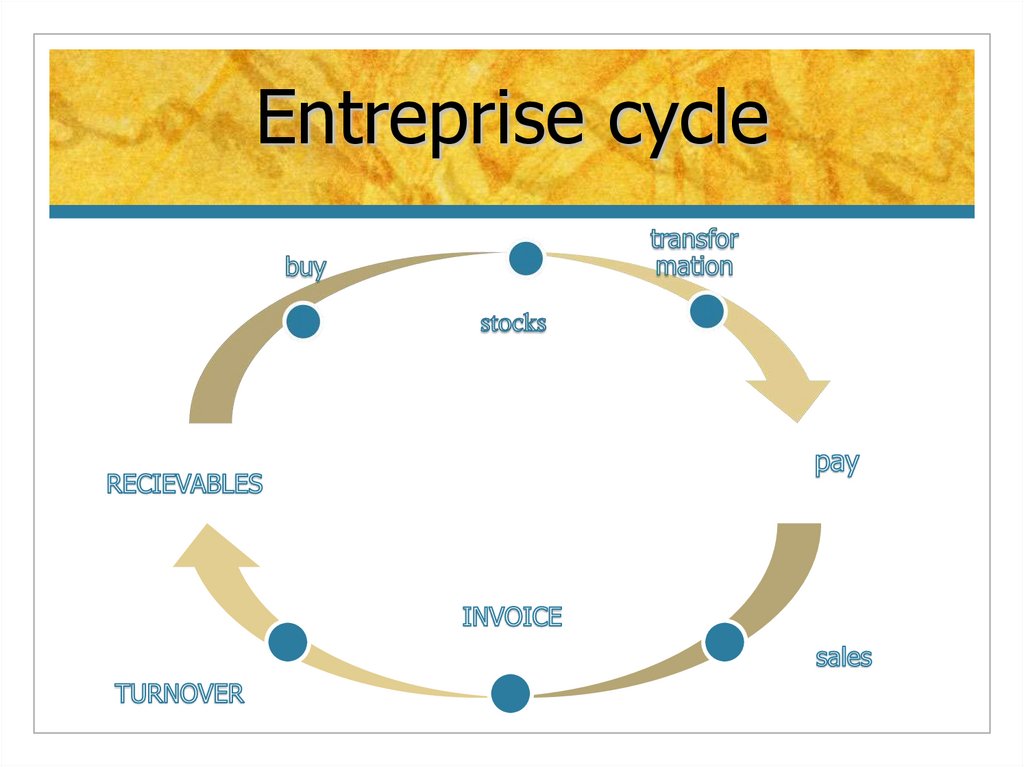
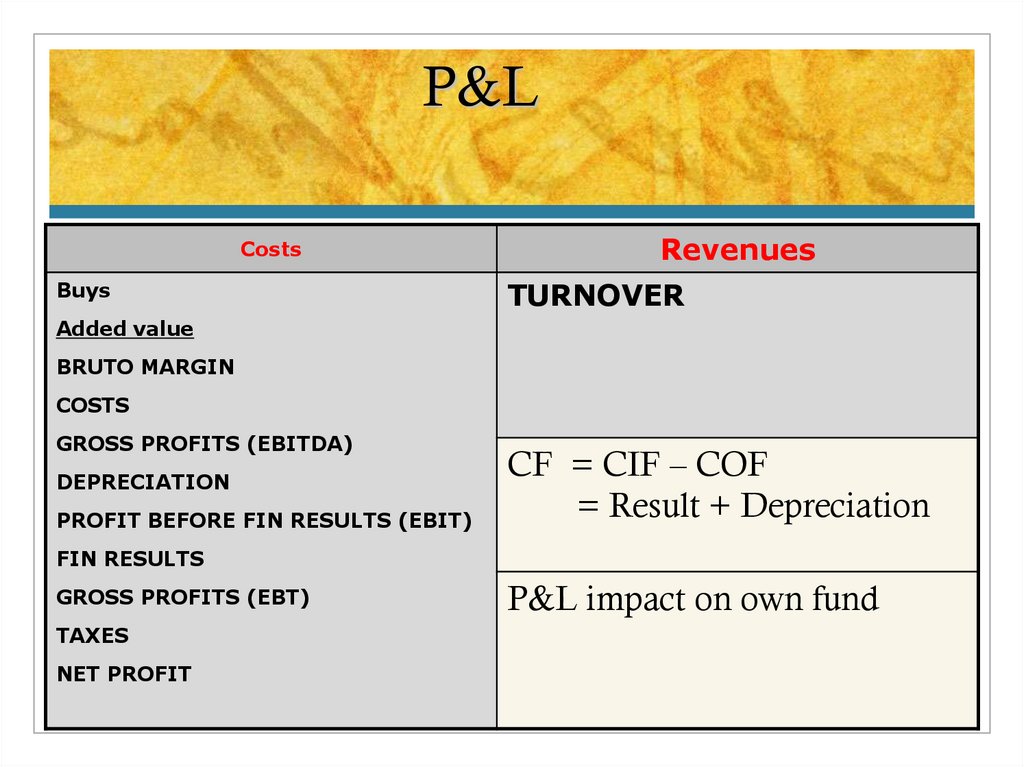
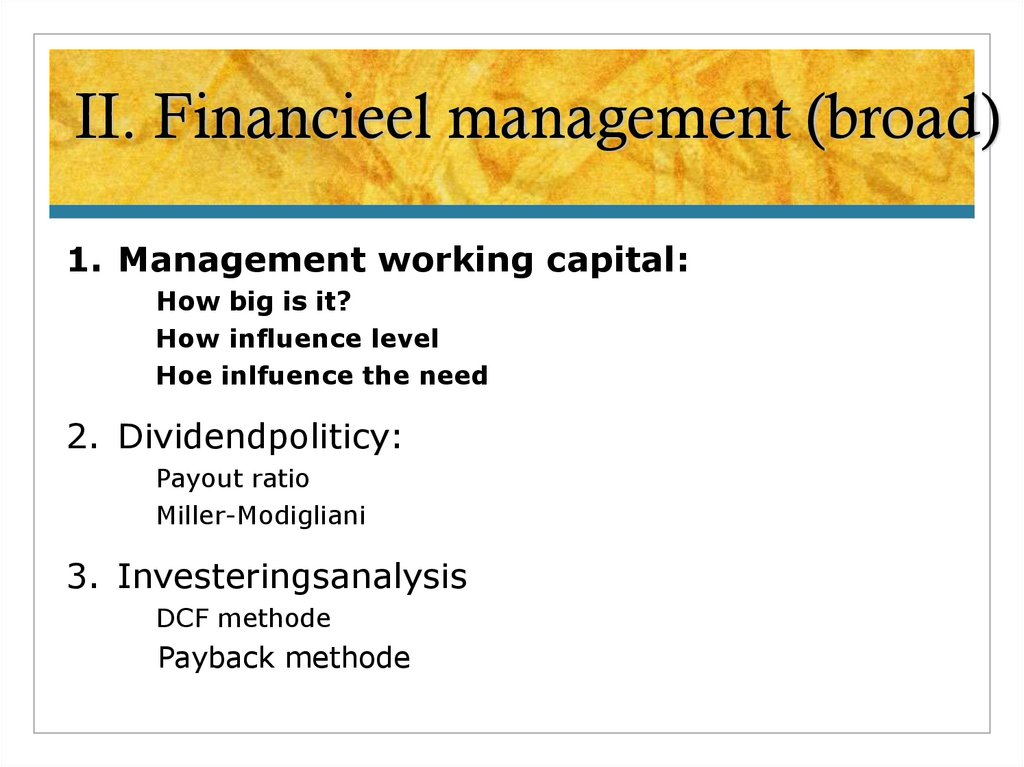
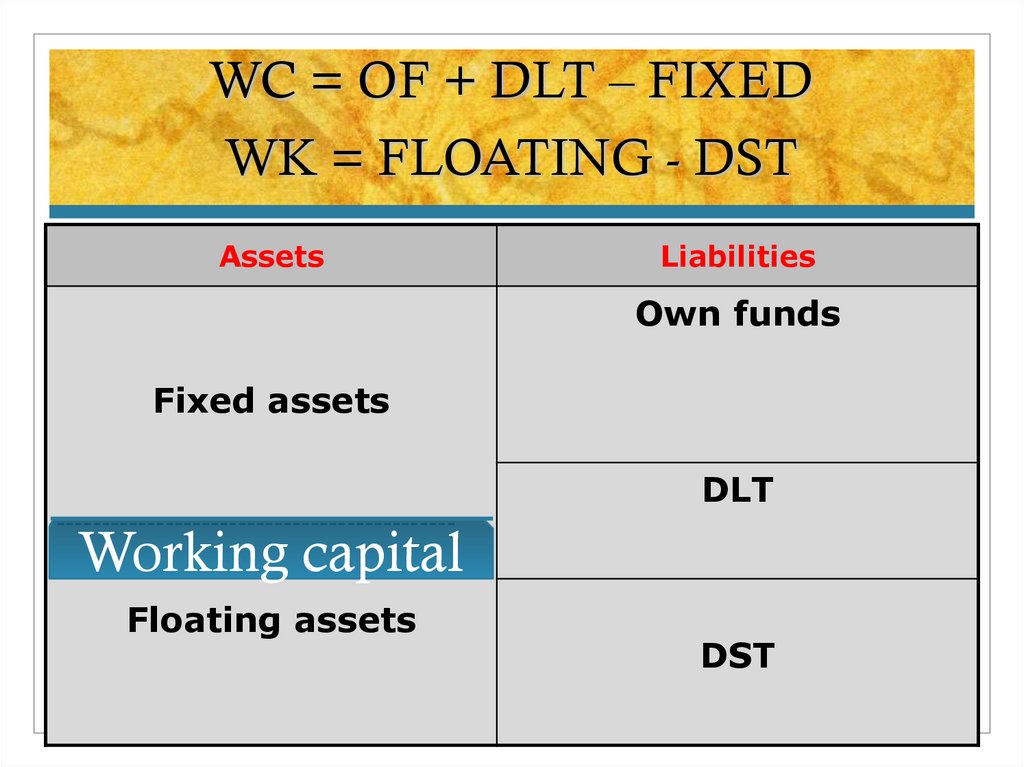
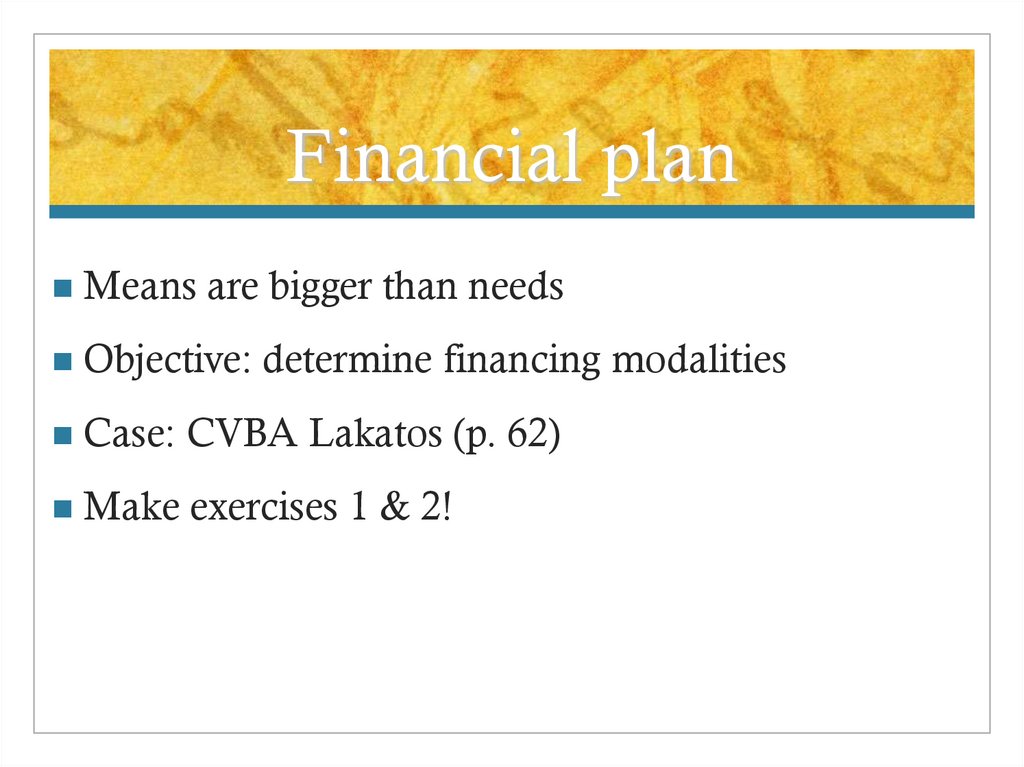

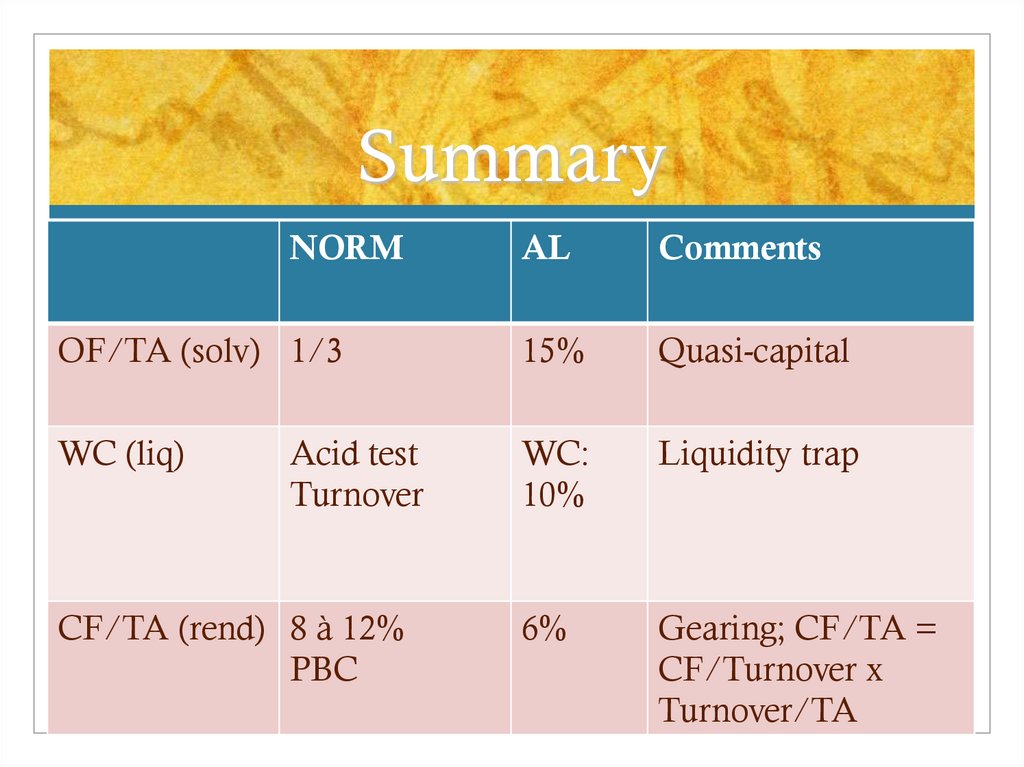

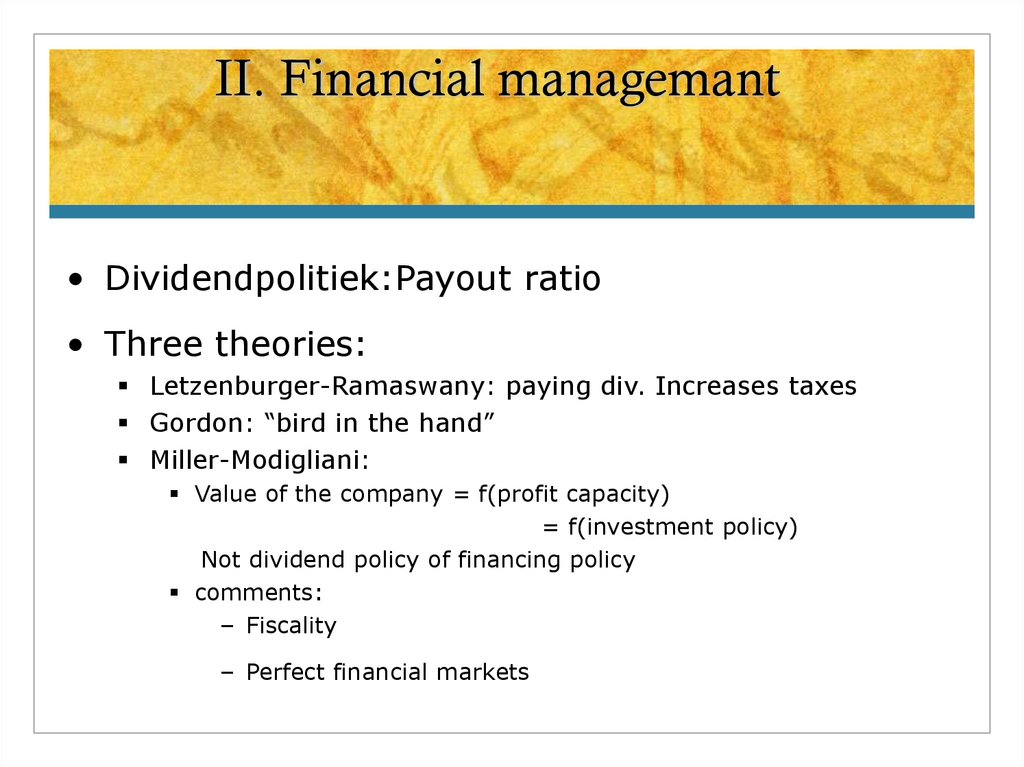
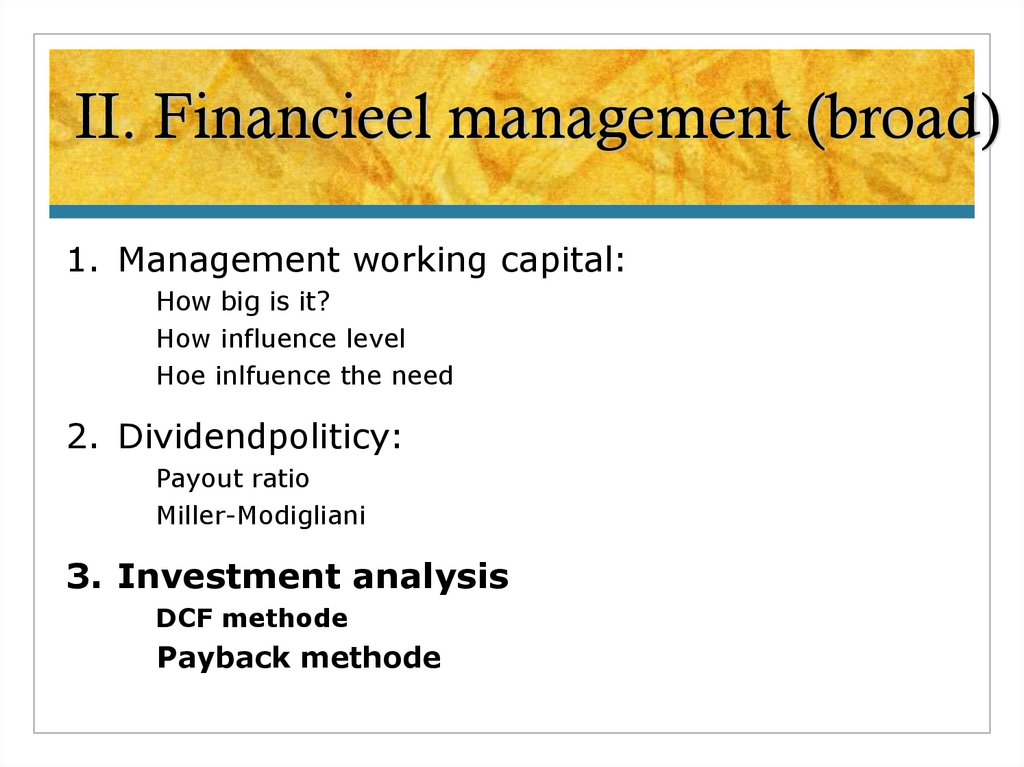
 management
management








